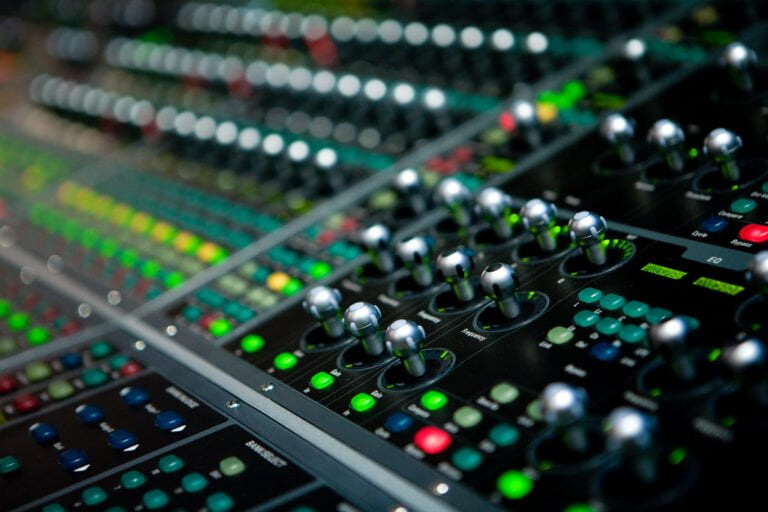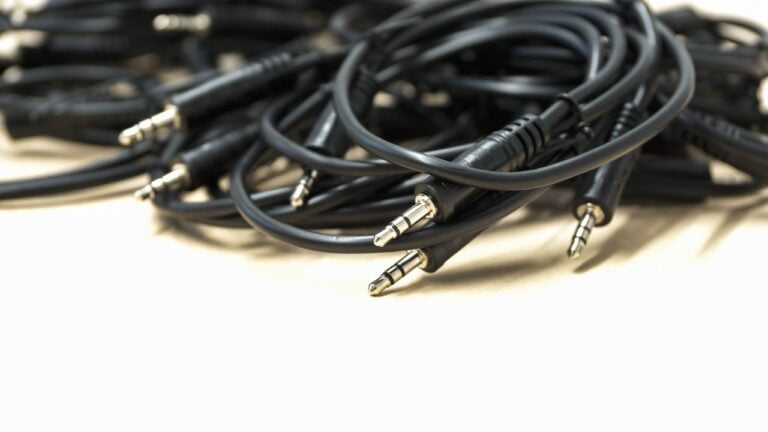Routine Equipment Inspection: Catching Issues Before They Escalate
Performing routine equipment inspections goes beyond just ticking off a maintenance checklist. Did you know that by proactively identifying issues early on, you can prevent major breakdowns and guarantee uninterrupted operations? But what if I told you there’s a simple way to catch these issues before they escalate, saving time and resources in the process? Let’s explore how regular inspections can be a game-changer in maintaining equipment efficiency and safety.
We are supported by our audience. When you purchase through links on our site, we may earn an affiliate commission, at no extra cost for you. Learn more.
Importance of Routine Equipment Inspections
Routine equipment inspections play an important role in maintaining operational efficiency and preventing costly issues from arising. As a proactive measure, regular inspections of equipment are essential for guaranteeing safety, identifying potential issues, and conducting necessary maintenance. By conducting these inspections systematically, we can detect problems early before they escalate, thereby mitigating risks and reducing the likelihood of unexpected breakdowns.
The main purpose of routine equipment inspections is to make sure that all machinery is functioning correctly and up to safety standards. Through these inspections, we can identify any potential hazards or risks that might pose a threat to the safety of the workplace. By addressing these issues promptly, we not only maintain a safe environment for employees but also prevent any disruptions to operations that could result from equipment failures.
Regular maintenance checks contribute to increased equipment productivity and efficiency. Catching minor problems early on through inspections allows for timely repairs, preventing costly breakdowns and ensuring that the equipment operates at best levels. This proactive maintenance approach not only saves time and money in the long run but also demonstrates a commitment to safety and regulatory compliance, such as adhering to OSHA guidelines.
Benefits of Early Issue Detection
In the domain of equipment maintenance, the timely detection of issues through inspections is paramount for preventing costly breakdowns and guaranteeing operational efficiency. Regular inspections help identify and rectify issues early, leading to a range of benefits that contribute to the overall effectiveness of maintenance practices:
- Minimize Downtime: By catching problems in their early stages, maintenance teams can address issues promptly, reducing the time equipment is out of service for repairs. This proactive approach guarantees that operations can continue without prolonged interruptions.
- Prevent Costly Breakdowns: Early problem identification during inspections can save both time and money by addressing issues before they escalate into major breakdowns. This preventive maintenance strategy helps avoid expensive repairs and replacements, ultimately protecting the organization’s budget.
- Maintain Workplace Safety: Regular inspections not only keep equipment running smoothly but also contribute to maintaining a safe work environment. By promptly addressing potential hazards during inspections, maintenance teams guarantee that employees are protected from accidents and injuries, fostering a culture of safety within the workplace.
Key Components of Equipment Inspection
When conducting equipment inspections, a thorough examination of key components is important to guarantee peak performance and prevent potential issues. Key components that require meticulous attention during inspections include checking for visible damage, leaks, wear on tires, hydraulic systems, and cutting edges. The tractor, bowl, apron, ejector, and cutting edge are essential areas that must be inspected diligently to make sure ideal functionality.
Establishing proper inspection routes is essential to cover all these key components thoroughly. This guarantees that no issues are overlooked during the inspection process. Visual inspections play an essential role in identifying visible damage and evaluating the overall condition of crucial areas. By focusing on areas like the bowl, apron, ejectors, and hydraulics, inspectors can gain valuable insights into the equipment’s operational health.
Thoroughly evaluating the interior components, such as the bowl, apron, ejectors, and hydraulics, is paramount for effective equipment inspection. By paying close attention to these elements, inspectors can detect potential issues early, preventing costly repairs and downtime. Therefore, a thorough inspection strategy that includes thorough checks of all key components is important for maintaining equipment reliability and performance.
Frequency of Equipment Inspections
Regular equipment inspections are essential at varying intervals – daily, weekly, monthly, and annually – to address specific maintenance needs and guarantee peak performance. When it comes to heavy equipment, different frequencies of inspections play a critical role in ensuring operational efficiency and longevity. Here’s how each interval contributes to the overall maintenance strategy:
- Daily Inspections: Daily checks are crucial for heavy machinery to catch minor issues early on. These inspections help in identifying any immediate safety concerns or operational irregularities that could lead to accidents or breakdowns if left unattended.
- Weekly Inspections: Conducting weekly inspections allows for a more thorough review of the equipment’s condition. This includes monitoring wear and tear, checking fluid levels, and evaluating overall performance to prevent unexpected failures during operation.
- Monthly Inspections: Monthly inspections go deeper into the equipment’s components, focusing on calibration, adjustments, and maintenance tasks that contribute to peak performance. By addressing these aspects regularly, you can make sure that the equipment operates at its full capacity and efficiency, reducing the risk of costly downtime.
Best Practices for Equipment Inspection
Implementing a structured checklist system is essential for ensuring thorough equipment inspections and maintenance procedures. By following a detailed checklist, inspectors can systematically assess each component of the equipment, guaranteeing no area is overlooked. This structured approach not only helps in detecting issues early but also in maintaining consistency across all inspections.
Advanced technology plays a critical role in efficient monitoring of equipment. Utilizing asset tracking systems can provide real-time data on the condition of equipment, enabling proactive maintenance and reducing the likelihood of unexpected breakdowns. Regular training sessions for personnel are also important to educate them on effective inspection techniques. This ensures that inspectors are equipped with the necessary skills to identify potential problems during inspections.
Documentation of inspection findings is key to tracking the condition of equipment over time. By maintaining detailed records of inspections, trends in equipment performance can be identified, allowing for timely interventions. Collaboration with manufacturers is beneficial in establishing recommended inspection schedules and criteria. Manufacturers can provide valuable insights into the specific maintenance needs of their equipment, enabling organizations to tailor their inspection processes accordingly.
Incorporating these best practices into equipment inspection routines can significantly enhance maintenance efforts and prolong the lifespan of equipment. By implementing structured checklists, leveraging advanced technology, conducting regular training, documenting findings, and collaborating with manufacturers, organizations can guarantee thorough and effective equipment inspections.







